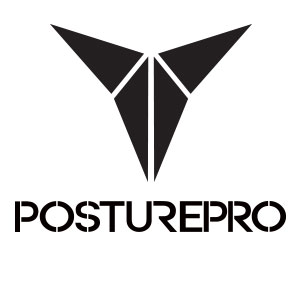Fallen arches are referred to technically as valgus, and the degree the arches fall is based on a scale of one to three. A rating of three is the most severe and fulfills the classic definition of flat feet. Why is having fallen arches a bad thing? “The first problem is that your base of support is not the same. A valgus foot causes internal rotation of the lower limbs, and this faulty alignment increases the risk of ankle strains, sprains and knee injuries. Also, this rotation increases the risk of lower back injuries because it increases the curvature of the lower back. Excessive lumbar curvature increases muscular tension in the lower back and increases the risk of disc injury because the spine loses much of its shock-absorbing ability – it’s basically bone on bone.
Particularly for gymnasts and figure skaters, their effectiveness is compromised if
foot problems are not addressed first. Treating flat feet consists of two major components:
1. the use of postural insoles and
2. specific strengthening and stretching exercises for the muscles that support the arch.
Flat feet are increasingly common among today’s athletes because of, interestingly enough, higher-quality shoes. “Shoes decrease the sensitivity of the skin on the bottom of the foot, and the nerves in the skin are one of the major sources of postural information to the brain the arch of the foot was not meant to be in constant contact with a surface.
Shoes with insoles that press against the bottom of the arch cause a reflex reaction that causes the arches to collapse even further – in effect, they cause the muscles of the arch to become lazy. The same problem applies to orthotics.”
Postural insoles will cause the arch to reform by stimulating several muscles
of the feet (especially the adductor hallucis, flexor digitorum longus and
brevis) and thereby cause the arch to reform. With many of my clients the insoles can often completely resolve valgus feet so that orthotics may not be necessary at all.
As for weightlifting and weight training exercises such as squats, I recommend that athletes who have valgus feet wear Postural insoles in their weightlifting shoes, if a person with flat feet squats, they often lift their heels up right away because their subtalar and talus joints are internally rotated. Because weightlifting shoes have a 5/8-inch heel lift, they will tend to realign these two joints and as such will allow them to squat deeper.
As for a general guideline about buying shoes, unfortunately you often don’t get what you pay for. Research has shown that the shoes with the most padding have been found to place the most stress on the body, so often the most expensive pairs of shoes
are often the worst shoes for athletes.
The Posturepro Team
Changing Lives


